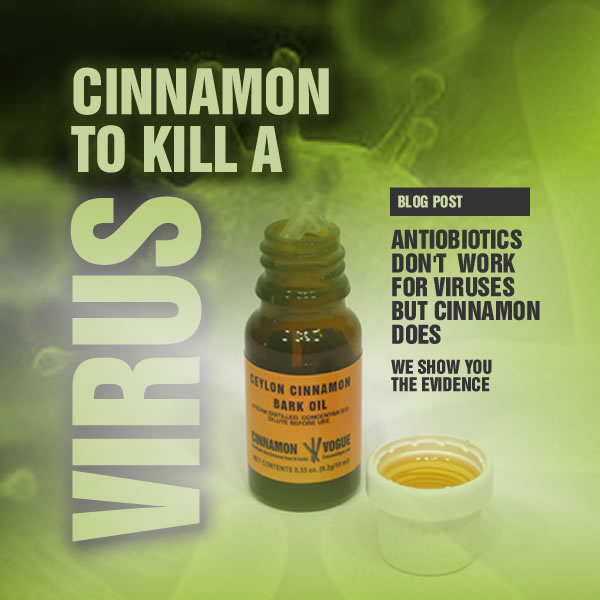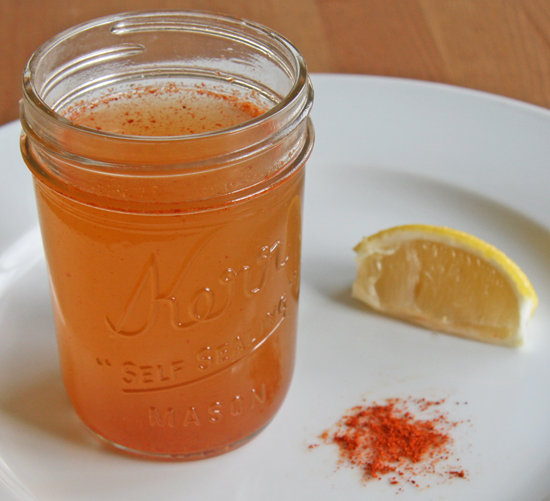Years ago, Amazon
hooked shoppers on cheap books delivered in days. Now, the e-commerce giant is
blowing up the online marketplace again by reaching into the fast-growing world
of food delivery.
Amazon’s one-hour
delivery arm, Prime Now, announced plans this week to provide Los Angeles-area
residents with doorstep delivery of meals from local restaurants such as Umami
Burger and Wokcano. The news comes as app-based food delivery services are
growing at a rapid clip as consumers demand hassle-free, doorstep deliveries on
everything from groceries to tacos to alcohol.
“These are people who
don’t leave the house very much,” said Roland Foss, whose Mission Market
convenience store in Fullerton delivers via ordering systems by DoorDash, Eat24
and GrubHub.
Many food companies,
from Irvine-based Taco Bell to Foss’ mom-and-pop shop, are using third-party
applications, which help increase sales with very little to lose in terms of
capital investment.
The three services
allow Foss to sell everything from microwavable meals to vaping products to
customers who might never walk through his tiny storefronts in Fullerton and
Anaheim.
“We are platform
agnostic, and I don’t mind being on as many platforms as possible,” Foss said.
“I’m just expanding the footprint of my potential customers and earnings.”
Demand for food
delivery services also has become attractive for private equity investors who
sunk $1 billion in the U.S. delivery market over the 12 months ended in June,
according to Rosenheim Advisors, a consulting firm in the food-related tech
sector.
“It’s definitely a
frenzy,” said Brita Rosenheim, a principal and founder of the New York-based
firm. “There’s more appetite for this category over the last couple of years.”
Several brands are
emerging as nationwide leaders, including DoorDash, Postmates and Instacart,
which are partnering with popular food and retail brands such as Starbucks,
Taco Bell, 7-Eleven, Chipotle Mexican Grill, Whole Foods Market and Target.
But like any emerging
trend, the market is prone to saturation.
Experts note that
online food orders don’t represent new business, just business purchased in a
different way. The amount of food consumed, overall, isn’t necessarily boosted
because of online ordering, said Phil Lempert, a food industry analyst and
editor of the popular online trade publication SupermarketGuru.
“I think there’s going
to be a huge shakeout, and most of these small delivery companies, will ... go
away,” he said.
Rosenheim agreed, adding
that mergers are on the horizon.
“There’s a lot of money
going into this space, and there’s absolutely consolidation to come. And we’ll
start to see that in (the next) 18 months,” she said.
And business owners
like Foss will probably play a key role in who survives as they test a host of
options.
Since summer, Foss has
been working with GrubHub and Yelp-owned Eat24 to provide mobile ordering to
customers in the greater Fullerton area. Typical orders include sandwiches,
cookies, chips and frozen foods. But there’s a catch: Those two services leave
delivery up to the business.
In many cases, Foss is
making the deliveries himself – which is not ideal, or efficient, he said.
Sometimes it’s challenging to find homes in gated communities. One time, he couldn’t
get into a secured apartment complex, so he left the person’s delivery outside
the gate and sent the customer a message.
“There is some risk,
and that just slows things down,” he said.
This month, Foss
partnered with DoorDash, an Uber-like food delivery service that is spreading
quickly across the country. The company provides an app-based ordering system,
as well as the delivery drivers, called Dashers.
Even though the Bay
area-based courier service takes a larger cut of overall sales, Foss said it’s
worth it. The service takes care of delivery. Plus, DoorDash does what Eat24
and GrubHub won’t do: deliver alcohol and tobacco.
The latter, which
includes cigarettes and vaping products, is proving to be lucrative for Mission
Market.
“So far, tobacco is
dominating,” Foss said, adding that “if DoorDash comes through, then I will cut
the others loose.”
Here’s a look at the
major food delivery players in Southern California:
DoorDash
Founded two years ago
in a Stanford dorm room, DoorDash offers delivery of everything from tacos to
toothbrushes. To date its primary partnerships have been with nationally known
restaurants and food retailers such as Taco Bell, KFC and 7-Eleven.
Its network of
independent contract “dashers” deliver meals in more than 250 cities across the
U.S. DoorDash is available in all parts of Orange County except La Palma, Los
Alamitos and Cypress.
Depending on the city,
dashers can fetch everything from a bucket of fried chicken from KFC to an Iced
Americano from Portola Coffee Lab for a delivery fee of $5.99. Fees vary and
don’t include tipping, which is optional.
Delivery options depend
on the city. Restaurants available for delivery also change depending on location.
DoorDash provides an estimated time of delivery, which can take longer than an
hour during peak days and hours.
This week, the DoorDash
suffered a major publicity blow when Irvine-based In-N-Out Burger sued the
company for delivering its food without permission. The suit, filed Nov. 6,
also maintains that DoorDash is using an imitation In-N-Out logo on its app
that confuses consumers into thinking In-N-Out has authorized the company to
deliver its food.
DoorDash on Friday
didn’t respond directly to In-N-Out’s accusation. In a statement, the company
said: “While we have various relationships with different merchants, we are
proud to help people get their favorite food delivered directly to their door.”
Postmates
Founded in 2011 in San
Francisco, Postmates offers on-demand delivery of personal services, such as
dry cleaning, as well as groceries and electronics and restaurant meals.
But its bread and
butter, so far, is food delivery, which accounts for 80 percent of its
business, said Sean Plaice, Postmates’ co-founder and chief technical officer.
“Food is to us like
books were to Amazon,” said the former Orange County resident.
As a 4-year-old player
in an emerging market, Postmates has set the bar for same-day delivery, he
said.
The company’s fleet of
couriers are in 40 metropolitan markets in the country, compared with 19 for
DoorDash. Its couriers are available in most every city in Orange County. For
as little as $4.99 (plus a 9 percent service fee), customers can use Postmates
around the clock.
Citizen couriers or
drivers, like Uber, roam the streets and “accept” requests based on the best
match – typically someone who is closest to the location from which the order
originates. Unlike DoorDash, orders can be customized. For example, you can order
school supplies or bandages from retailers not necessarily showing up on the
Postmates app.
“You can get anything
delivered from anywhere,” said Plaice. “I’m proud to say we’re pioneers in
this.”
GrubHub
In February, GrubHub
expanded its foothold in the online food ordering sector by buying two
restaurant delivery companies: Aliso Viejo-based Restaurants on the Run and
Boston-based DiningIn.
The company curates
online orders for more than 35,000 restaurant partners around the country.
Since completing the acquisitions, GrubHub has created a delivery network to
reach more than 30 markets, the company said.
Restaurants on the Run
has a built-in delivery system for chains such as El Torito, BJ’s Restaurants and
California Pizza Kitchen.
The company, founded in
1993, specializes in large corporate food deliveries. Individuals can make
small orders, but some restaurants require a $20 minimum order on top of
delivery fees.
To compete with
delivery services that offer lower fees, GrubHub said it plans to “reduce fees
over time.”
Amazon Prime Now
Amazon’s Prime Now and
its one- or two-hour delivery service serves customers in the Los Angeles
metropolitan area, including the Orange County cities of Irvine, Anaheim, Santa
Ana, Costa Mesa, Newport Beach and Orange.
The service offers tens
of thousands of items, including household goods, groceries and electronics.
The delivery service,
which operates in 13 metro areas across the U.S., can only be accessed through
its mobile app. Members can check delivery options by entering their ZIP code.
This week, Amazon said
Prime Now customers in Los Angeles can get delivery from local restaurants,
including Umami Burger, Baby Blues BBQ, Wokcano, Hurry Curry of Tokyo, Feast
from the East and John O’Groats Restaurant.
It’s unclear when that
service will enter Orange County. AmazonFresh also delivers groceries in parts
of Orange County.
UberEats also delivers
meals in the Los Angeles area. Earlier this year, a company representative said
it plans to eventually enter the Orange County market, but it hasn’t
established a time-frame for that move.
News researcher Ian
Wheeler contributed to this report.











